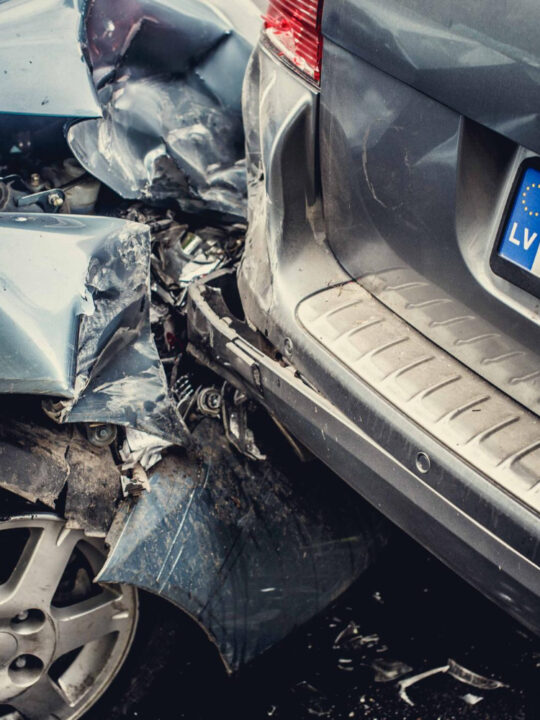 It is a fact that when two motor vehicles collide, the ensuing collision claims are not entirely straightforward to litigate. It is rare for one driver’s negligence to be the only cause of a motorcycle accident, and other drivers or pedestrians are also often involved somehow. Without clear evidence about who was responsible for the crash, it might not be easy to prove your claim in court.
It is a fact that when two motor vehicles collide, the ensuing collision claims are not entirely straightforward to litigate. It is rare for one driver’s negligence to be the only cause of a motorcycle accident, and other drivers or pedestrians are also often involved somehow. Without clear evidence about who was responsible for the crash, it might not be easy to prove your claim in court.
This article will go through the types of evidence used in auto accident claims and categorize them under lawyers’ different legal theories. According to Dereck Capaz, who is ranked as one of the best motorcycle accident attorneys in Tampa, the first step in understanding the types of evidence for motorcycle accident claims is to understand the different legal theories lawyers use in these cases. These are:
Table of Contents
1. Contributory Negligence
Contributory negligence occurs when both parties are negligent, and therefore the claimant’s negligence reduces the damages, if any, that the claimant may recover. Your lawyer must have evidence to show a lack of contributory negligence in this situation.
Under a contributory negligence approach, even if the other driver’s actions were not entirely responsible for the accident, you would still be partly at fault because your actions also contributed to causing it.
2. Comparative Negligence
Comparative negligence erases the principle of contributory negligence altogether and is a legal defense available in some states. Under this legal theory, you would reduce your damages based on the percentage of fault contributed by you. If you were 50% liable for the accident, your award would be reduced by 50%.
This approach allows for more flexibility in resolving motorcycle accident claims pretty and reasonably. However, there is a limit to the number of damages you can recover for injuries.
3. Assumption of Risk
Assumption of risk assumes that either you or the other driver knew that there was a significant risk for the accident and took that risk anyway. If the other driver agreed to assume this risk, you would reduce your damages. It is important to note that the assumption of risk should be considered only in cases where it is clear from the circumstances that both parties had knowledge or were aware of at least an element of risk.
4. Negligent Acts
Negligent acts are illegal actions taken by either motorists or both parties in a motorcycle accident. These actions could include not wearing a seat belt, driving with a suspended license, or being under the influence of drugs or alcohol. It is common for both drivers to assume that the other couldn’t have known about these facts, but proving this might help your lawyer show negligence.
5. Intentional Torts
Intentional torts are actions that may cause injury or damage to another person without intending to. Typical examples would be assault, trespass, and battery. Intentional acts can be proven using circumstantial evidence but are challenging to prove in court.
Intentional damages are divided into two categories: strict liability and negligence. A strict liability action requires that the defendant, who is at fault for causing the harm, have no other means of defending themself except by exercising due care. Negligence actions can occur when someone is at fault for causing another injury or damage.
In conclusion, the variety of evidence used in accidents is a tool that a lawyer can use to fight for an injured person. It is essential to understand the different types of evidence used by lawyers and how they can use them to support your claim.







